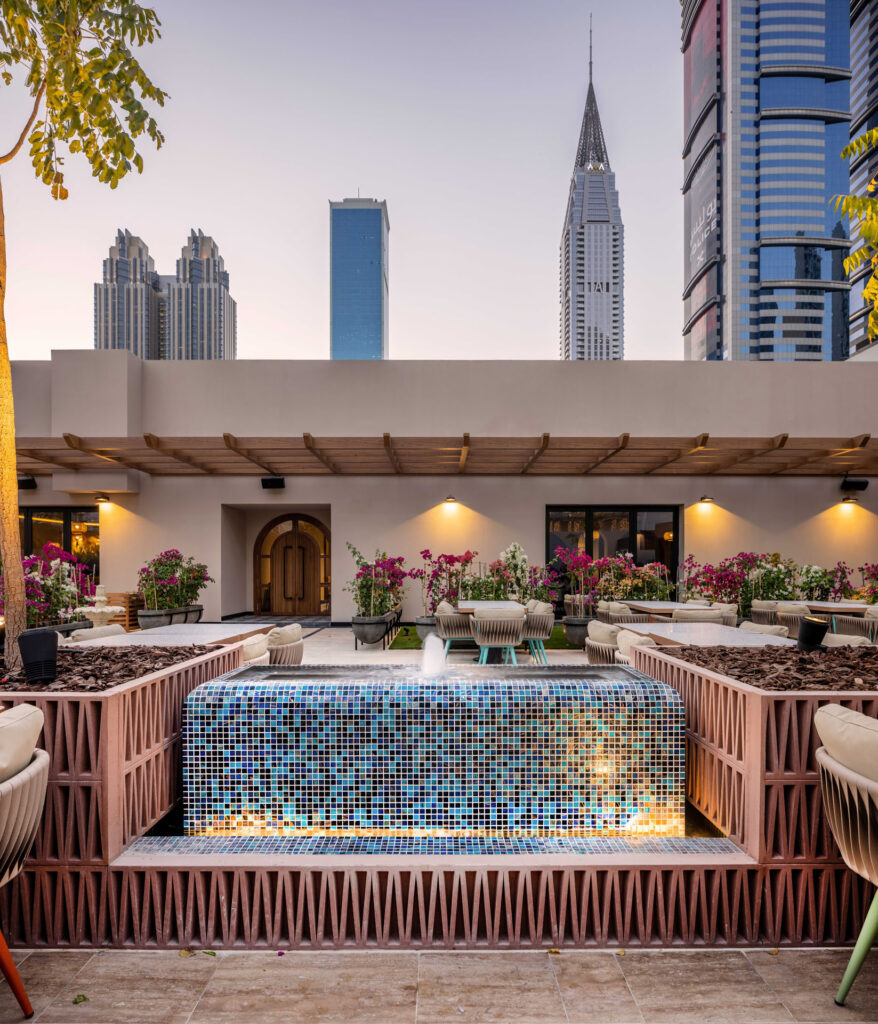The mind typically conjures up pictures of futuristic structures, lavish shopping promenades, and luxury resorts when one thinks about Dubai. Although Dubai is mostly known for its ultramodern attractions, there is another aspect of the city’s allure that frequently goes unnoticed: the rich color of significant buildings that depict the city’s humble beginnings as a fishing and trading community. We invite you on a witching tour of Dubai’s most iconic buildings in this blog post, a tour that reveals the megacity’s artistic legacy, adaptability, and architectural masterpieces that have withstood the test of time.

Al Fahidi Historic Neighborhood: A View into the History
Our journey starts at the Al Fahidi Historic Neighborhood, also known as Al Bastakiya, in the center of Old Dubai. With its winding, tiny streets, classic wind palace architecture, and tranquil Majlis seating yards, this enticing area is a testimony to Dubai’s past. The area has been meticulously conserved, giving visitors a look at Dubai’s humble beginnings as a hub for plum commerce and fishing. To discover more about the history of the enormous city, callers can visit the Dubai Museum, which is located inside the significant Al Fahidi Fort.
Dubai Creek: The Lifeline of the City
The creek in Dubai, a natural harbor that has been essential to the construction of the megacity, is profoundly entwined with the city’s history. There are several large buildings along the creek, including traditional dhows, wind halls, and trafficker homes. strolling along the Deira and Bur Dubai sides of the creek to observe the active commerce that formerly characterized the megacity. With its restored mansions and art galleries, the Al Shindagha neighborhood is especially fascinating as it provides an insight into Dubai’s maritime history.
Jumeirah Mosque: A Beacon of Islamic Architecture
The Jumeirah Mosque stands out as a beautiful example of classical Islamic architecture, despite the fact that Dubai’s ultramodern churches are also works of architectural art in their own right. Visitors of all faiths are invited for guided tenures in this beautiful white synagogue with its dual minarets and rich decorations. It provides an opportunity to learn about Islamic culture, architecture, and the value of religious tolerance in the metropolis.
Heritage Townlets: Conserving Emirati Traditions
Heritage townlets that provide a look into the traditional way of life in the Emirates may be found all across Dubai. The restored buildings, traditional crafts, and artistic performances are common in these townlets. You may fully immerse yourself in Emirati culture in the Dubai Heritage Village in Al Shindagha and the Hatta Heritage Village in the Hajar Mountains.
The Al Maktoum House: A Royal Residence
The Al Maktoum House, located in Bur Dubai, is a significant treasure. It displays the architecture and way of life of Dubai’s nobility in the late 19th century and was once the family home of the Al Maktoums, the city’s current rulers. The home offers a close-up view of the aristocratic past of the megacity with its twisting palace design and interesting yards.
In conclusion, we can claim that Dubai’s iconic architecture is a hidden world full of legends and customs just waiting to be explored. While Dubai’s skyline may be a symbol of its forward-looking vision, it’s just as vital to recognize the real gems that have helped to make Dubai the dynamic and unique megacity it is today. A tour of Dubai’s iconic buildings provides a close connection to the megacity’s origins and enables visitors to comprehend the astonishing transformation from a small fishing village to a major global metropolis.